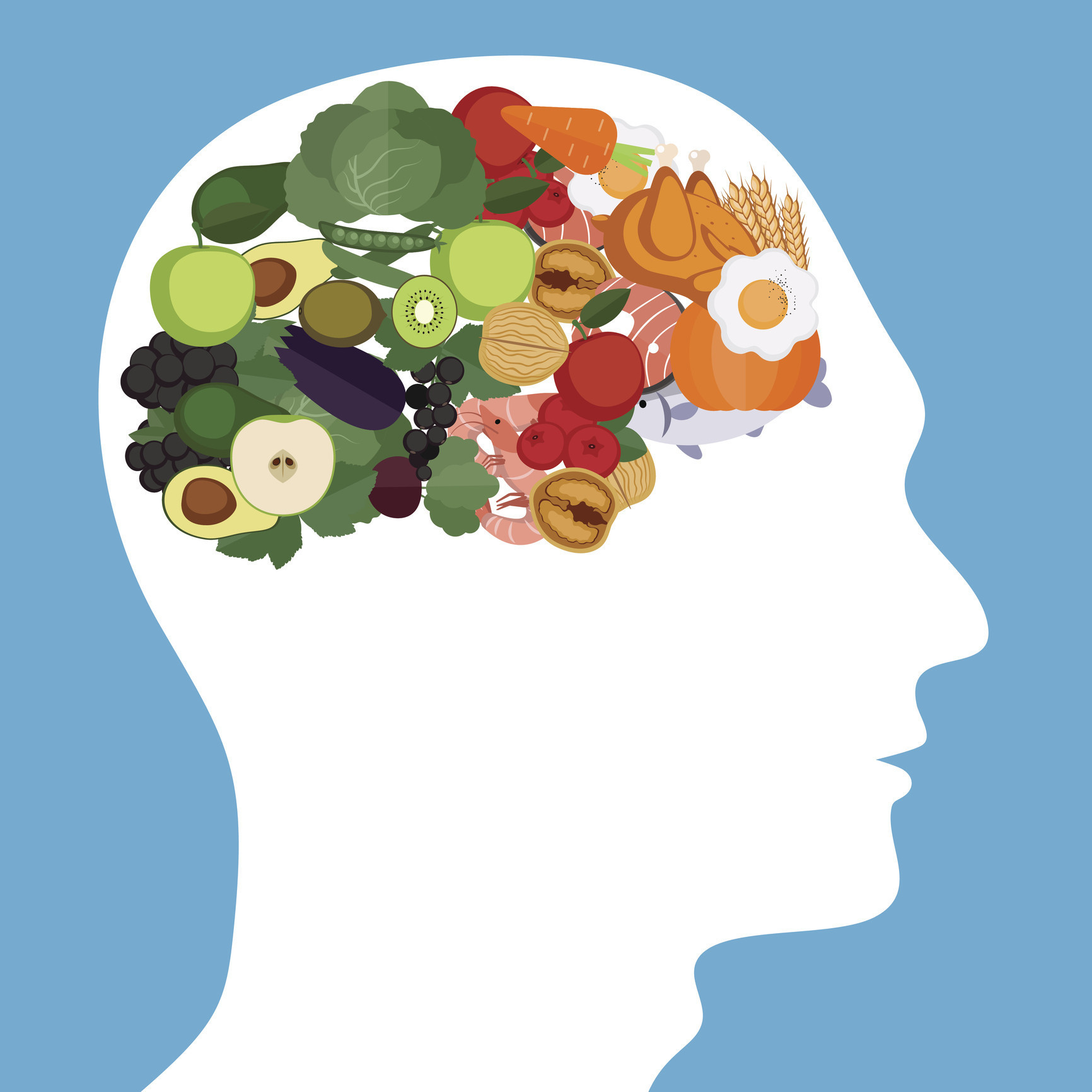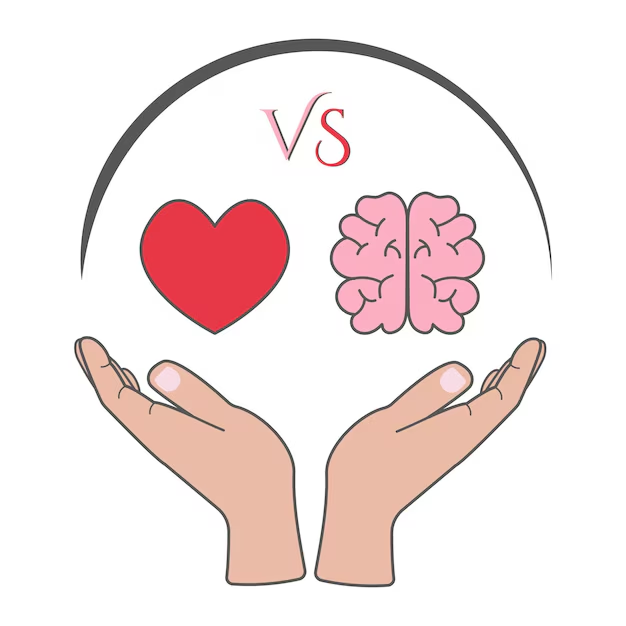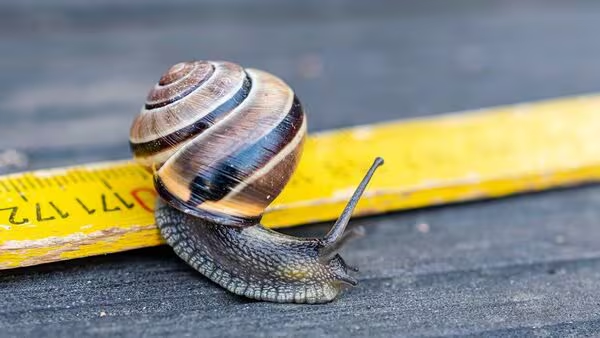Understanding Burnout in 2025
Burnout, as defined by the World Health Organization, is a syndrome conceptualized as resulting from chronic workplace stress that has not been successfully managed. It's characterized by three dimensions: feelings of energy depletion or exhaustion; increased mental distance from one’s job, or feelings of negativism or cynicism related to one's job; and a reduction in professional efficacy. In 2025, these factors are exacerbated by constant connectivity, remote work challenges, and economic uncertainties. Understanding the root causes and symptoms is the first step towards recovery.
Common Symptoms of Burnout
- Chronic fatigue and exhaustion
- Cynicism and detachment
- Feelings of ineffectiveness
- Increased irritability
- Sleep disturbances
- Physical symptoms like headaches and muscle tension
- Difficulty concentrating
Practical Guidance: Reclaiming Your Well-Being
1. Self-Assessment: Identifying Your Triggers
Before implementing any strategies, take a moment to honestly assess your current state. What are the primary sources of your stress? Are they work-related, personal, or a combination of both? Keeping a journal for a week can help you identify patterns and triggers. Ask yourself:
- What tasks or situations consistently lead to feelings of stress or anxiety?
- How much sleep am I getting each night?
- Am I neglecting my physical health (e.g., diet, exercise)?
- Am I isolating myself from friends and family?
Understanding your specific triggers is crucial for developing targeted coping mechanisms.
2. Time Management and Prioritization
Effective time management is essential for preventing burnout. The Pomodoro Technique, a time management method based on 25-minute focused work intervals separated by short breaks, can be highly effective. Prioritization is equally important. Use methods like the Eisenhower Matrix (urgent/important) to identify and focus on high-priority tasks while delegating or eliminating less important ones. The Eisenhower Matrix is detailed in the table below.
| Urgent | Not Urgent | |
|---|---|---|
| Important | Do First (Crises, Deadlines) | Schedule (Planning, Relationship Building) |
| Not Important | Delegate (Interruptions, Some Meetings) | Eliminate (Time Wasters, Trivia) |
3. Setting Boundaries: Protecting Your Time and Energy
One of the most critical aspects of preventing burnout is setting clear boundaries. This involves establishing limits on your availability, both at work and in your personal life. Learn to say "no" to additional commitments that will stretch you too thin. Examples of boundary setting include:
- Designating specific work hours and sticking to them.
- Turning off work notifications outside of work hours.
- Avoiding checking emails or taking work calls during personal time.
- Communicating your boundaries clearly to colleagues and family members.
4. Cultivating Mindfulness and Relaxation Techniques
Mindfulness practices, such as meditation and deep breathing exercises, can help reduce stress and improve your ability to cope with challenging situations. Even just a few minutes of mindfulness each day can make a significant difference. Explore guided meditation apps or online resources to find practices that resonate with you. Other relaxation techniques include:
- Progressive muscle relaxation
- Yoga and Tai Chi
- Spending time in nature
- Listening to calming music
5. Prioritizing Physical Health
Physical health and mental well-being are intrinsically linked. Make sure you are getting enough sleep, eating a healthy diet, and engaging in regular physical activity. Aim for at least 30 minutes of moderate-intensity exercise most days of the week. A balanced diet rich in fruits, vegetables, and whole grains can provide the energy and nutrients you need to cope with stress. Sleep deprivation can exacerbate burnout symptoms, so prioritize getting 7-8 hours of quality sleep each night. [Link to a reputable sleep hygiene guide].
6. Social Connection and Support
Social isolation can contribute to burnout. Make an effort to connect with friends, family, and colleagues. Sharing your experiences and feelings with others can provide emotional support and help you feel less alone. Consider joining a support group or seeking professional counseling if you are struggling to cope on your own. Strong social connections are a crucial buffer against stress and promote resilience. [Link to article about the benefits of social connection].
7. Re-evaluating Your Work and Purpose
Sometimes, burnout stems from a disconnect between your work and your values. Take time to reflect on your career goals and whether your current job aligns with your long-term aspirations. If you find that your work is no longer fulfilling, consider exploring new career paths or seeking opportunities for professional development. It might also be useful to talk to a career counselor or mentor. Even small changes, such as taking on new responsibilities or volunteering for a cause you care about, can help you re-engage with your work and find renewed purpose. This step can be a long-term process, so be patient and kind to yourself.
Long-Term Considerations: Sustaining Well-Being
1. Regular Self-Reflection
Burnout prevention is an ongoing process, not a one-time fix. Make time for regular self-reflection to monitor your stress levels and identify any potential triggers. Use journaling, mindfulness practices, or conversations with a trusted friend or therapist to gain insights into your emotional state. Adjust your strategies as needed to maintain a healthy balance. A quarterly review can be helpful. Schedule it in your calendar, just like any other important meeting.
2. Continuous Learning and Skill Development
Investing in your professional development can help you stay engaged and motivated in your work. Seek out opportunities to learn new skills, attend workshops or conferences, or take online courses. This can not only enhance your career prospects but also boost your confidence and sense of accomplishment. Continuous learning helps prevent stagnation and keeps your mind stimulated.
3. Fostering a Supportive Work Environment
If you are in a leadership position, take steps to create a supportive work environment for your team. Encourage open communication, provide opportunities for professional development, and recognize and reward employees for their contributions. A positive and supportive work culture can significantly reduce stress and prevent burnout. Advocate for policies that promote work-life balance, such as flexible work arrangements and generous time-off policies.
4. Seeking Professional Help When Needed
It's important to recognize when you need professional help. If you are struggling to cope with burnout symptoms on your own, consider seeking therapy or counseling. A mental health professional can provide guidance, support, and evidence-based strategies for managing stress and improving your well-being. Don't hesitate to reach out for help – it's a sign of strength, not weakness. Many companies now offer Employee Assistance Programs (EAPs) that provide confidential counseling services.
5. Long-Term Lifestyle Adjustments
Sustainable well-being requires making long-term lifestyle adjustments. These adjustments could include changing careers, relocating to a less stressful environment, or making significant changes in your relationships. Such adjustments are not always easy, but they may be necessary for your long-term health and happiness. Be prepared to make difficult choices and prioritize your well-being above all else.
FAQ (Frequently Asked Questions)
- Q: How is burnout different from stress?
- A: While stress is a normal part of life, burnout is a chronic condition resulting from prolonged, unmanaged stress. Burnout involves exhaustion, cynicism, and a sense of ineffectiveness, whereas stress can be temporary and motivating.
- Q: What if I can't change my stressful work environment?
- A: Even if you can't change your work environment, you can still implement strategies to manage your stress. Focus on setting boundaries, prioritizing self-care, and seeking support from friends, family, or a therapist. If the situation is truly unsustainable, consider exploring alternative career options.
- Q: How can I prevent burnout while working remotely?
- A: Working remotely can blur the lines between work and personal life, increasing the risk of burnout. Set clear boundaries by designating specific work hours, creating a dedicated workspace, and taking regular breaks. Make an effort to connect with colleagues and maintain social connections outside of work.
- Q: Is it possible to recover from burnout completely?
- A: Yes, it is possible to recover from burnout completely. With consistent effort and the right strategies, you can regain your energy, enthusiasm, and sense of purpose. Recovery may take time, so be patient and kind to yourself.
- Q: What role does technology play in burnout?
- A: Technology can contribute to burnout by creating constant connectivity and blurring the lines between work and personal life. Implement strategies to manage your technology use, such as turning off notifications, designating specific times for checking emails, and taking digital detox periods.
Disclaimer: This information is for informational purposes only and does not constitute medical or professional advice. Always consult with a qualified healthcare provider for any health concerns or before making any decisions related to your health or treatment.
Sources:
- World Health Organization: [https://www.who.int/news/item/28-05-2019-burn-out-an-occupational-phenomenon-international-classification-of-diseases](https://www.who.int/news/item/28-05-2019-burn-out-an-occupational-phenomenon-international-classification-of-diseases)
- Mayo Clinic: [https://www.mayoclinic.org/healthy-lifestyle/adult-health/in-depth/burnout/art-20046642](https://www.mayoclinic.org/healthy-lifestyle/adult-health/in-depth/burnout/art-20046642)
- American Psychological Association: [https://www.apa.org/topics/stress/burnout](https://www.apa.org/topics/stress/burnout)





